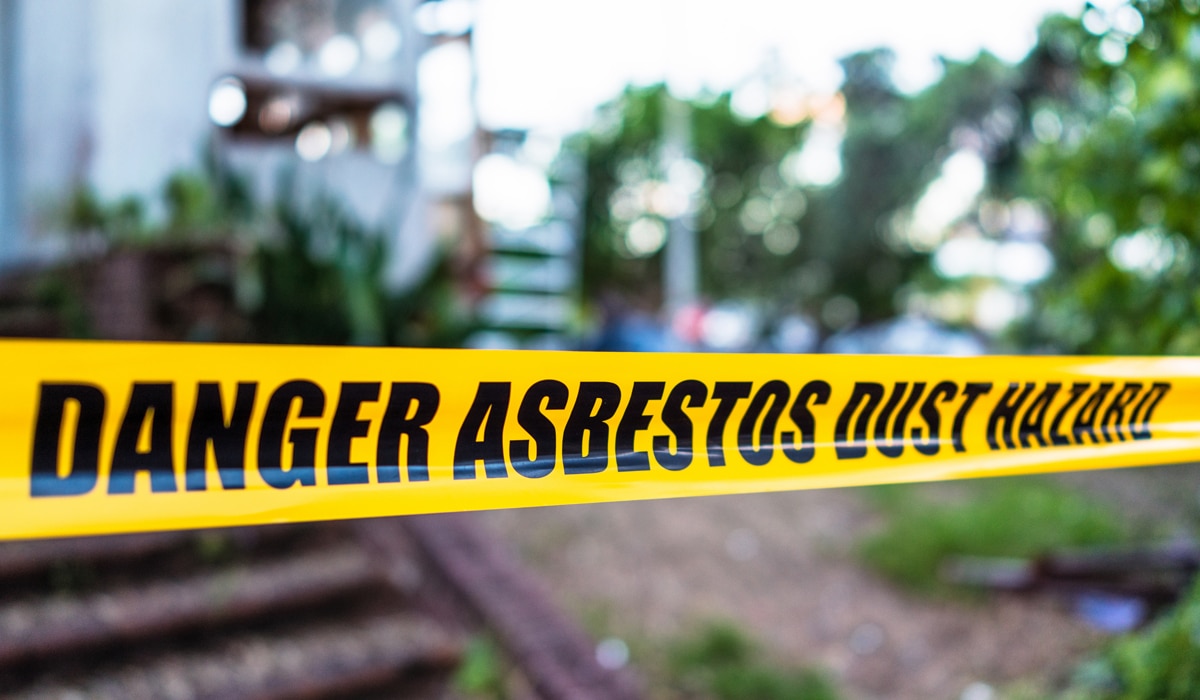Health risk
Injury
Sampling from heights could lead to serious body injuries and sampling in confined spaces can cause asphyxiation and/or injury resulting from entrapment. Other biological, chemical or electrical hazardous might also be encountered.
Non-representative sampling
Did you know that asbestos can be inconsistently distributed throughout a building material? A stipple ceiling for example could have a high concentration of asbestos fibres in one area of a ceiling and less in another area.
Do you know how many sampling points should be included in your sample? Larger areas typically need more sample points however with too many sampling points you run the risk of diluting a sample.
Cross-contamination
Regulations
Call Chemsafety to have one of our expert surveyors collect your samples for you and have your samples analysed in our IANZ accredited laboratory.

